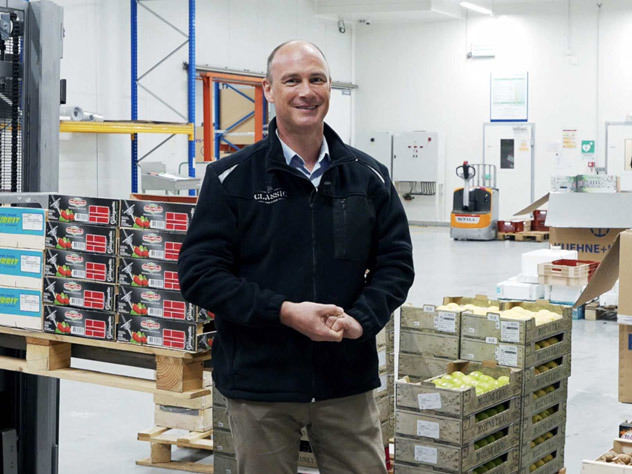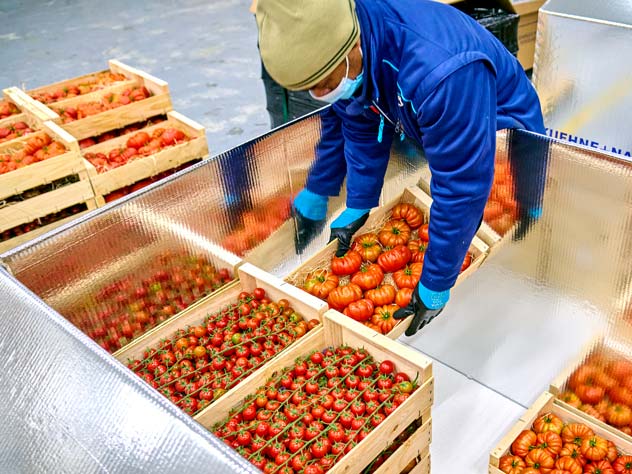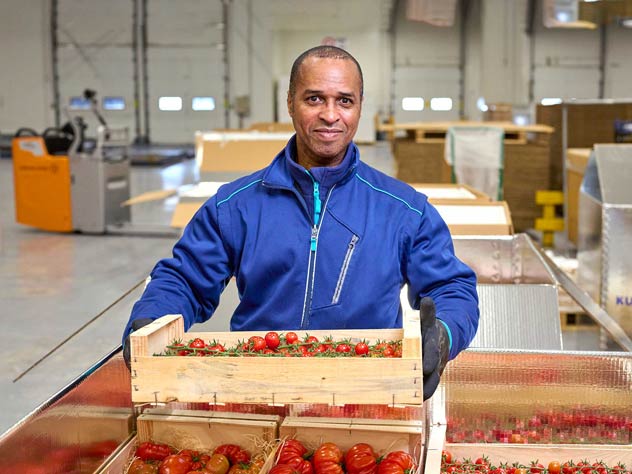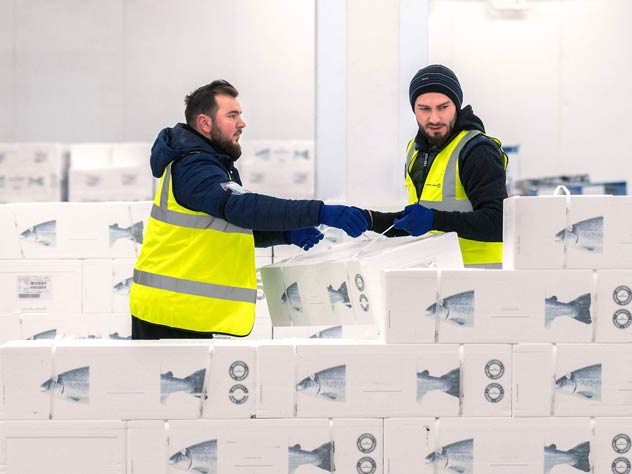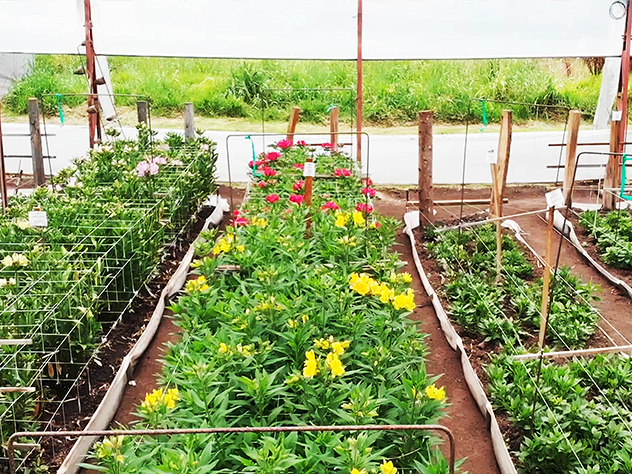When it comes to fresh or frozen foods, customers demand the best of products. With rising expectations, businesses are heavily focused on maintaining high food quality - from the source all the way to end consumers. One of the most efficient ways of ensuring food safety is by recognising the factors that threaten the integrity of food products. Natasha tells us more.
Challenges to perishables
While managing perishable logistics, we often hear, “Prevention is key”. Can you explain why that is?
With perishables, you can’t solve the issue once the damage is already done. Exposure, for even a few minutes, can compromise the food quality beyond repair and become a threat to human health. Therefore, logistics providers working with perishables need to anticipate risks or potential challenges ahead of time.
Ensuring food safety is the primary concern of today’s perishables transport and logistics industry. What are the biggest challenges in safe storing and delivering these goods?
Temperature Control
Different types of perishables need to be kept at different temperatures to preserve their freshness and quality. If temperatures aren’t maintained correctly, there’s a high risk of negative impact. For instance, if chocolates aren’t kept at a uniform temperature through the journey, they get ‘sugar bloom’ – developing white flecks and losing their smooth texture. Similarly, bacteria can damage food items when the temperatures fluctuate – leading to increased risk of foodborne illnesses or spoilage.
Odour contamination
Certain commodities absorb the smell of other products very quickly. Odour contamination is not only about foul smell – for example, bell peppers have a nice fragrance, but customers wouldn’t want their raspberries or strawberries smelling like pepper. Similarly, they wouldn’t want to mix up the odour of two food items with very distinct smells, like flowers, garlic or fish.
Cross contamination
Cross contamination happens when bacteria or virus from one food product gets transferred to another, due to direct or indirect contact. This complicates the perishable supply chain management, because logistics providers can’t always avoid transporting multiple food products together. An awareness of the right packaging processes and keeping different commodities as separate as possible is fundamental to maintaining food quality.
Warehouse cleanliness and mechanical contamination
If warehouse cleanliness is not maintained, it places perishables at risk of mechanical, chemical or bacterial contamination – with everything from glass particles to rodents/insects threatening the safety of the food items.
Lack of knowledge and/or time
This is by far the most overlooked, but also the most pressing challenge for food safety. Sometimes, people handling the goods aren’t aware of the finer details of perishables management or are lacking the time to enact safe working practices, leading to an increased risk of spoilage or contamination.
Expertly mitigating risks
You were speaking about a lack of knowledge earlier. How important is it to educate people who handle perishables? What does this education involve?
Like I said, education is the one of the most important aspects of managing perishables. Most of the challenges we discussed previously are a result of some gap in knowledge or lack of time to implement the right processes. Perishable specialists need to understand every minute detail of transporting sensitive items.
Education in perishables logistics involves the training of staff and an assessment of all the critical points in the journey, to provide maximum protection for goods. Robust processes ensure that there is time to act quickly and efficiently. For example, Kuehne+Nagel’s standardised processes, SOPs, and FreshChain certification ensure safety and minimise risks to perishables.
How will a perishable logistics specialist apply his/her knowledge in handling these goods?
A logistics specialist with perishables expertise is aware of the required temperature and packaging for each individual product. At Kuehne+Nagel for instance, they apply their knowledge and experience in three broad areas:
Maintaining temperature
Storing various food products at the right temperature and doing their best to maintain those temperatures throughout the transit – from origin to destination.
Checking for contamination
Ensuring cleanliness in the handling, storage and transport of perishables, including warehouse and cold store maintenance, proper waste disposal and pest control.
Advising the customer to use the right packaging
Providing the right kind of packaging for each product lowers the risk of temperature abuse and contamination.
How do factors like transparency and visibility help customers? What impact does close communication have on their business?
The “what, where, when and how” are important questions to everyone involved in the perishables industry. Since there are always multiple stakeholders involved in the supply chain, it’s essential to keep everyone in the loop, so they can make plans easily. A customer’s ability to monitor and control the flow of their goods helps boost visibility and avoid unpredictability.
Our logistics teams have no control over the temperatures inside an aircraft. At Kuehne+Nagel, we communicate with carriers proactively to monitor the shipments closely throughout the journey. It helps us ensure that the products can reach our customers – and their customers – with their quality and goodness intact.


